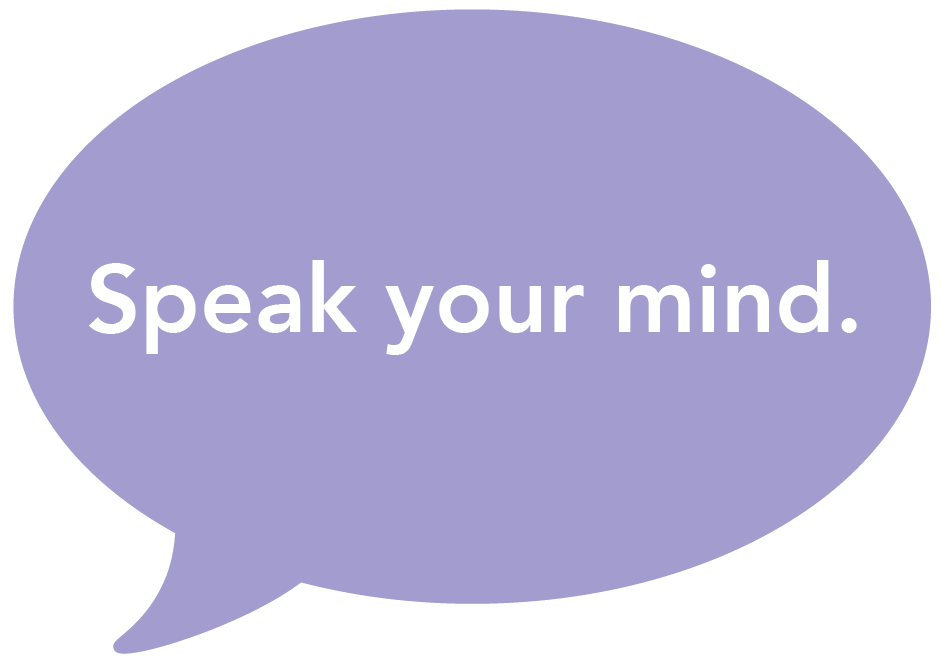The Hidden Dangers of Excessive Screen Time on Kids’ Mental Health (And How to Fix It)
In today’s digital world, screens are everywhere—from smartphones and tablets to laptops and gaming consoles. While technology has many benefits, excessive screen time and emotional regulation issues are becoming a growing concern among parents and health experts. Research shows that excessive screen time seriously affects children’s mental well-being.
In this article, we’ll explore the negative effects of screen time, discuss the link between screen time and anxiety in kids, and provide actionable strategies for reducing screen time for better mental health.
The Alarming Rise of Screen Time in Kids
According to a 2022 Common Sense Media report, children aged 8-12 spend an average of 4-6 hours per day on screens, while teenagers average up to 9 hours daily. Meanwhile, a JAMA Pediatrics study found that kids who engage in more than 7 hours of screen time daily show a thinning of the brain’s cortex, the part responsible for critical thinking and impulse control.
As screens take up more of children's daily lives, their mental health is taking a hit.
Children and Screen Addiction: When Does It Become a Problem?
Not all screen time is bad. Educational content and video calls with family can be beneficial. However, when screen time starts interfering with daily life, it becomes a screen addiction.
Signs Your Child Has Too Much Screen Time:
✅ Becomes irritable or anxious when not using a screen
✅ Prefers screens over social interactions or outdoor play
✅ Has trouble focusing on schoolwork or following instructions
✅ Struggles with sleep due to excessive screen exposure
✅ Constantly asks for more screen time and throws tantrums when denied
If these behaviors sound familiar, your child may be at risk of developing a screen addiction, which can lead to serious emotional and behavioral challenges.
Screen Time and Mental Health: How It’s Impacting Kids
Research from the Journal of the American Medical Association (JAMA) found that children who spend more than 3 hours per day on screens are twice as likely to experience depression, anxiety, and emotional dysregulation.
The Link Between Screen Time and Anxiety in Kids
Social Media Stress: Constant exposure to curated, "perfect" lives online leads to low self-esteem and increased anxiety.
Information Overload: Rapid information from apps and games overstimulates the brain, making it harder for kids to relax.
Sleep Disruptions: Screen exposure before bed suppresses melatonin production, causing poor sleep, which worsens anxiety and mood disorders.
A 2021 JAMA Psychiatry study found that teens who used screens excessively had higher cortisol (stress hormone) levels, which contributed to chronic anxiety.
Screen Time and Childhood Depression: The Hidden Danger
The impact of excessive screen time and emotional regulation is clear—kids who spend too much time on screens struggle with mood swings, impulse control, and emotional outbursts.
How Screen Time Contributes to Depression:
📉 Less Physical Activity – More screen time means less outdoor play, which is linked to higher rates of depression in kids.
😞 Social Isolation – Screen-heavy activities replace face-to-face interactions, leading to loneliness and depressive symptoms.
🌙 Disrupted Sleep Cycles – Blue light exposure at night affects sleep quality, which is directly linked to increased depression and irritability.
A 2020 National Institute of Health (NIH) study found that children with over 5 hours of daily screen time were 71% more likely to develop depressive symptoms than those with less than 1 hour.
Reducing Screen Time for Better Mental Health: A Positive Approach
Instead of banning screens completely (which often leads to fights and frustration), try gradual reductions and healthier alternatives.
Positive Ways to Restrict Screen Time:
🔹 Set Tech-Free Zones – Keep screens out of bedrooms and mealtimes.
🔹 Use the 20-20-20 Rule – Every 20 minutes, take a 20-second break to look 20 feet away to reduce eye strain and mental fatigue.
🔹 Encourage Alternative Activities – Replace screen time with creative hobbies, outdoor play, or reading.
🔹 Lead by Example – Kids mimic parents, so reduce your own screen time to set a good precedent.
🔹 Use Parental Controls – Apps like Google Family Link and Apple Screen Time help limit screen usage without constant arguments.
Screen Time Limits Based on Age (AAP Recommendations):
🟢 0-2 years: Avoid screens except for video calls
🟡 2-5 years: Max 1 hour/day of high-quality content
🟠 6-12 years: Max 2 hours/day, with parental guidance
🔴 Teens (13-18): Encourage balance, ensuring time for exercise, sleep, and socializing
Final Thoughts: Balance, Not Elimination
Screens are here to stay, but parents can take steps to reduce the negative effects of screen time without unnecessary battles. Small adjustments—like setting healthy boundaries, encouraging outdoor activities, and leading by example—can make a significant difference in children’s mental health.
The goal isn’t to ban screens completely but to create a balanced, healthier approach to technology use. Start today by setting one new screen-free habit for your family!

